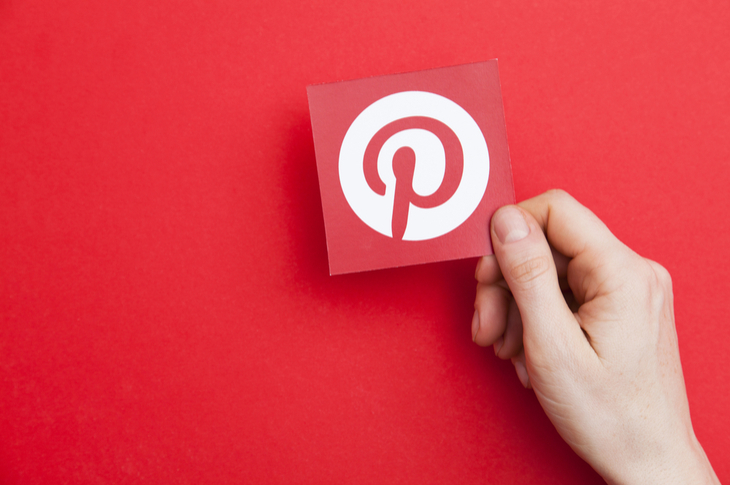Marketing on Pinterest as a freelance designer

Apart from the fact that it’s a visual medium, why should you be marketing on Pinterest?
It can offer you one of the largest audiences online – 250M active users every month. Moreover, 87% of pinners have bought a product after finding out about it on the platform.
But these studies could hold relevance even for a marketer. Here are some factors that demonstrate how Pinterest can offer value to a designer:
1. Platform users seek points of action
In contrast to social networks like Facebook and Twitter, where user activity is motivated by the desire to share with others, Pinterest encourages pinning: when a user saves a piece of content for themselves. This means that the consumer wishes to employ it as an action point sometime in the future, thereby increasing the possibility of generating leads for your work.
2. Pinterest enables personalised content
The platform keeps users hooked by curating content similar to what they search for. What’s more, a country like the US has observed maximum activity within the tags of ‘art’, ‘art supplies’, and hobbies’. Considering both factors, your work is likely to make its way to more screens.
3. The platform smoothens out feed disruptions
One of the major factors contributing to Pinterest’s standing is its user-friendly interface. Not only is it easy to navigate, it also arranges content in an aesthetically pleasing manner.
For instance, it doesn’t allow disruptive ads. Unlike advertisements on Facebook and Twitter, which often stick out, Pinterest seamlessly integrates the promotional post within your feed. This means content immersion isn’t disturbed as significantly as it would be otherwise.
Consider this screenshot from a feed:

(Source)
Can you really tell the ad apart from the other content?
4. Pinterest improves content accessibility
Pinterest provides effective tools to meet SEO requirements and enables you to create apt descriptions for your project. It thereby heightens your brand presence and improves your global outreach.
Additionally, the platform also allows you to categorise your content boards, making it easier for users to find your pins.
Platform resources like PinGroupie also help you identify popular group boards. You can contribute to these groups by pinning your designs there. To boost your work and improve your branding, you can even add your logo at the bottom of your designs.
5. Both your work and your contacts develop
Pinterest provides inspiration, sure. But more importantly, it keeps designers on their toes. With a clear picture of the high-quality content that surrounds your work, you will surely work towards exploring your potential further.
And while you’re studying other’s work, give networking a chance as well. With such a wide variety of artists at work, building a close circle shouldn’t be a tough job. Not only will you gain constructive feedback from them, they may also help you connect with more customers.
6. It can function as your portfolio
You can skip the hassle of arranging your work on a different platform. Pinterest helps designers create a healthy portfolio as they simultaneously share their work. Users will also find it much easier to access your work through a social network they already use rather than having to especially access your website.
Moreover, when you send a client your portfolio, not only can they easily go through your work, they can also see how well it is performing.
Final thoughts
Despite the threat of copyright infringement (for which there exist preventive measures), Pinterest can provide you with opportunities like no other platform. Make the most of it to develop your work, audience, and network.
Also read: Free image banks every designer should know about
